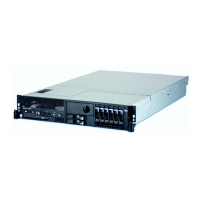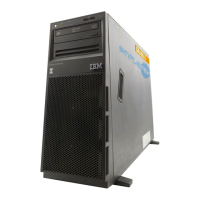The DFHMNTDS DSECT that maps the data is of fixed format. Note that:
v All the CICS system-defined fields in the performance records (including fields
that you have specified for exclusion using the EXCLUDE option of the DFHMCT
TYPE=RECORD macro) are listed.
v No user-defined data fields are listed.
INQUIRE_MONITORING_DATA
DFHMNMNX [CALL,]
[CLEAR,]
[IN,
FUNCTION(INQUIRE_MONITORING_DATA),
DATA_BUFFER(buffer-descriptor),]
[OUT,
RESPONSE(name1 | *),
REASON(name1 | *)]
This command is threadsafe.
Important
There is a restriction in using the XPI early during initialization. Do not start exit
programs that use the XPI functions TRANSACTION_DUMP,
WRITE_JOURNAL_DATA, MONITOR, and INQUIRE_MONITOR_DATA until the
second phase of the PLTPI. For further information about the PLTPI, refer to
Chapter 4, “Writing initialization and shutdown programs,” on page 425.
DATA_BUFFER(buffer-descriptor)
specifies the address and the length of a buffer to contain the returned
monitoring data; see buffer-descriptor for a full definition of a buffer-descriptor.
The DSECT DFHMNTDS maps the monitoring data.
RESPONSE and REASON values for
INQUIRE_MONITORING_DATA:
RESPONSE REASON
OK None
EXCEPTION LENGTH_ERROR
MONITOR_DATA_UNAVAILABLE
DISASTER None
INVALID None
KERNERROR None
PURGED None
Note:
1. For more detail, refer to the explanation of RESPONSE and REASON in
“Making an XPI call” on page 308.
2. ‘LENGTH_ERROR’ means that the length specified in the
buffer-descriptor was too short for the monitoring data returned from the
XPI call.
Chapter 3. The user exit programming interface (XPI) 365

